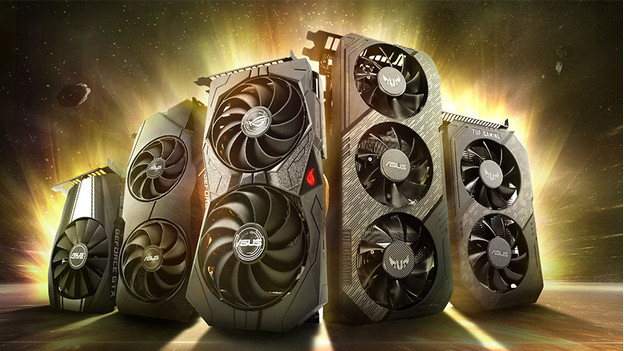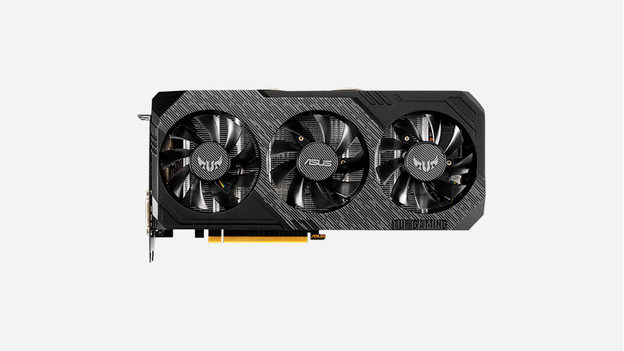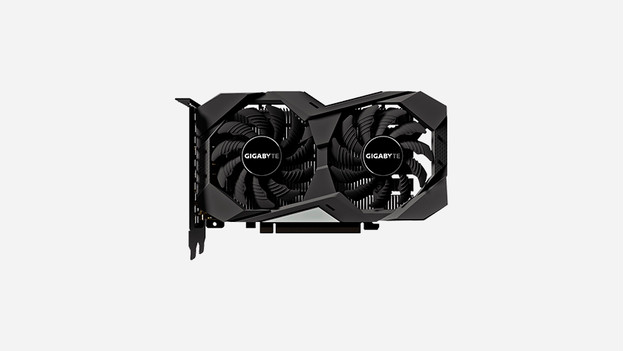
Everything on NVIDIA GeForce GTX 16 video cards
The difference between the GTX 10, RTX 20, and GTX 16

The names of NVIDIA products can sometimes be confusing. NVIDIA launched the GTX 10 series in 2016, the improved RTX 20 series a few years later, and the GTX 16 series after that. This 16 series isn't like the previous GTX series, because it’s based on the same Turing architecture as the RTX. As a result, these chipsets have more processing cores, a higher clock speed, and more memory. This means they’re a lot faster than the 10 series.
GeForce GTX 1660 Ti: Virtually any game in QHD

The 1660 Ti chipset is the most powerful of the 16 series. It costs between 300 and 400 euros and allows you to effortlessly play video games in Full HD at ultra settings. You can even play a lot of games in QHD, such as Battlefield and Call of Duty WWII. Thanks to the maximum clock speed between 1770MHz and 1860MHz, you can play these games in QHD at more than 75 fps. The 1660 Ti video cards have 6GB GDDR6 memory, so they can render images to your screen without delay.
GeForce GTX 1660 (Super): Most games in QHD

The GTX 1660 GPU has a lower price point, around 270 euros, but is less powerful than the Ti version due to the GDDR5 memory. This used to be the case, until NVIDIA launched the improved version of the 1660: the 1660 Super. Thanks to the clock speed of 1860MHz and a much lower price point, this chipset competes with the 1660 Ti. The Ti is still a bit more powerful, thanks to the extra processing cores. You can play games in Full HD with the 1660 and in QHD with the 1660 Super.
GeForce GTX 1650 (Super): 60 fps in Full HD

The 1650 video card is the last of the NVIDIA 16 series. With the video card, you can play games like Battlefield V in Full HD at medium settings and a frame rate of 60 fps. With an average price of 200 euros, this video card costs a lot less than the others. The 1650 also has a Super version. This version has 4GB GDDR6 memory, instead of the slower GDDR5 memory of the 1650, and a much higher clock speed. The 1650 Super requires an external power supply, while the 1650 doesn't.


